Tiny Clams Have Big Personalities
An interview with Curator Emeritus of Malacology Paul Valentich-Scott
OD: Your recently published study introduced the world to a new species of clam from South Africa. How did this collaboration come about in the first place?
PVS: I’m mostly a Pacific guy, but in 2013 I named a new species off of California and British Columbia, Waldo arthuri, which really caught on in the press. Charles Griffiths, a marine biologist in South Africa and emeritus professor at University of Cape Town, saw this. He emailed me a picture of a sea urchin with tiny little clams all over it, saying, “What is this?” I said, “If you send me some, I can tell you.” He sent them to me, and I didn’t even know the genus. But I could tell it was part of this understudied group, the galeommatids (gal-ee-oh-MAT-ids).
OD: What’s a galeommatid anyway?
PVS: They’re tiny, very mobile clams in the superfamily Galeommatoidea. These animals have been found all over the world, even in the Arctic and Antarctic. Some are free-living, but many live on or in other animals, like sea urchins [pictured at top of page], sea cucumbers, worms, and snails.
OD: What’s the weirdest place you’ve ever found a clam?
PVS: I wrote a paper on one clam that was found in the hemocoel of a mole crab. That’s the sac around the heart and other organs that functions as part of the circulatory system in these crabs. How did the clam get in there? No idea. I've seen a clam somewhere else that’s almost as weird, but you’ll have to wait for that, since it’s unpublished.
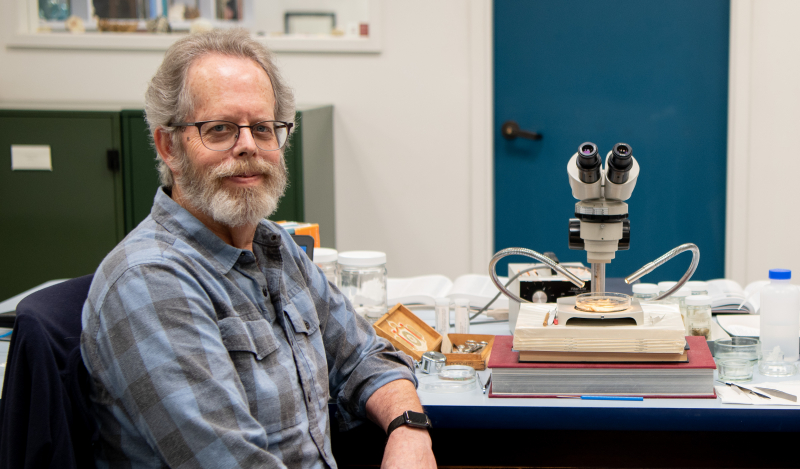
The Mona Lisa smile of a scientist with a secret unpublished clam
PVS: These associated galeommatids are usually in commensal relationships, where the two organisms are associated together, and the clam derives some benefit, but does not harm the host. Some of the galeommatids have a byssus, thin threads that act like an anchor, similar to the “beard” on a mussel, that keeps them attached to their associated animals. Even then, they’re kind of acrobatic—in the video we shared with our study, you see a lot more movement than most people would expect from clams. This video was taken by Craig Foster—of My Octopus Teacher—a friend of my coauthor Charles. Craig got involved because he loves marine life in general. He beautifully captured how these tiny clams live among the spines of a small sea urchin, waving around their big cowls that probably have something to do with feeding. These clams are only two millimeters long. How do you take a steady video of something like that when you’re in the surf? It’s impressive.
OD: The specimens in the study were from South African kelp forests, right?
PVS: Yes. Our coauthor Jannes Landschoff works for the Sea Change Project, which is involved in conservation of the Great African Seaforest. These kelp forests have many similarities to those off our Central Coast. Overall, this region of South Africa has so much in common with our region. It’s a Mediterranean climate like ours. It’s also a marine environment where there are warm and cold currents converging.
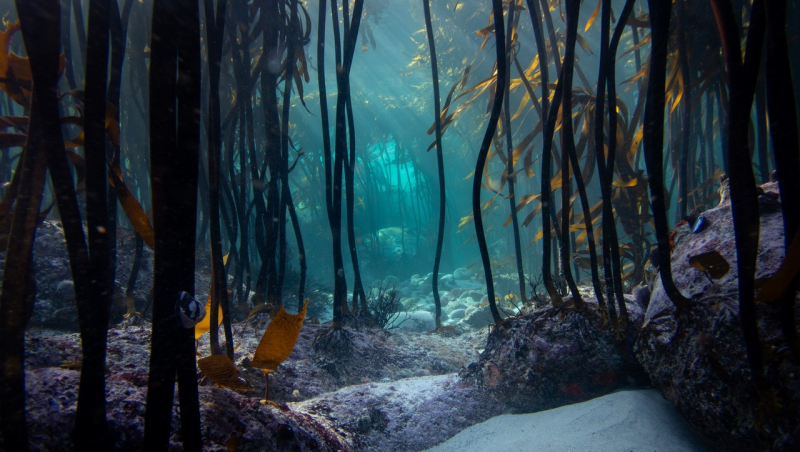
The Great African Seaforest. Photo courtesy Sea Change Project
OD: How did you determine this clam was new to science?
PVS: About 50 species of galeommatid clams were already known from South Africa, but many of them were described in the early twentieth century, and almost none of them had been illustrated with photos or illustrations. To rule out the previously described species, I contacted curators at various institutions and asked for photographs. That alone took a year, since it takes special techniques to photograph such small animals.
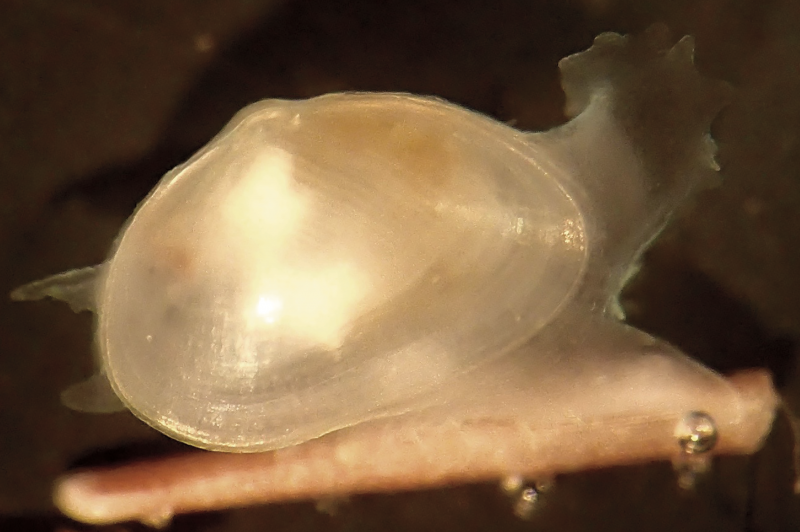
Portrait of the new species—Brachiomya ducentiunus—crawling on a sea urchin spine. Photo by Charles Griffiths
PVS: On another front, I contacted the phylogeneticists who became involved in this study, Riqui Li and Jingchun Li at University of Colorado, Boulder. Jingchun, as part of her Ph.D. work, had looked at galeommatids all over the world and created a huge genetic dataset.
OD: She was perfectly situated to figure out where your clam might fit.
PVS: Yes, she quickly narrowed it down, and from there I could go into the literature and dive deeper. But even as we were refining the identity of the new species, finding the right genus for it, we found three more South African galeommatid clams that had been previously described, but never illustrated. The whole thing snowballed into a bigger project that took eight years to bring to publication. When we did the final analysis with as much genetic data as we could from each species in the study, the relationships got much more complex. There’s clearly a lot more to know, because they’re small and most people overlook them.
OD: How does this fit into your broader career, and how you want to spend your time now?
PVS: I’ve been interested in this group since my twenties—it's a fifty-year affair. I just got an invitation from the Paris Museum today saying, “Come visit us, we’ve got lots of galeommatids and we need someone to write them up.” I don’t know if I have enough energy, but we’ll see. The challenges are great, and that’s why small animals like this have been pitched aside for centuries. But that’s what I love, and why I keep interested after retirement. My goal is to generate more interest in these really cool animals and get the young folks out there thinking about them. I hope down in South Africa more people will be inspired to look into this group. I got an email today from another South African researcher who’s pretty interested in galeommatids. For a long time, nobody cared about them, and now people realize they’re super interesting. The free-living ones have a lot of appendages and can be as dazzling as nudibranchs!
Further Reading
Valentich-Scott et al., “Bivalves of superfamily Galeommatoidea (Mollusca, Bivalvia) from western South Africa, with observations on commensal relationships and habitats” in ZooKeys 1207 (2024): 301–232
Jannes Landschoff, "New discoveries: three tiny species added to South Africa's spectacular marine life" in The Conversation (October 10, 2024)
Top image: Dozens of Brachiomya ducentiunus crawling on the surface of a sea urchin. Photo by Charles Griffiths


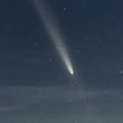
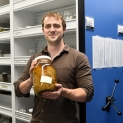



0 Comments
Post a Comment